Planting Dahlias in Grow Bags & Taking Risks
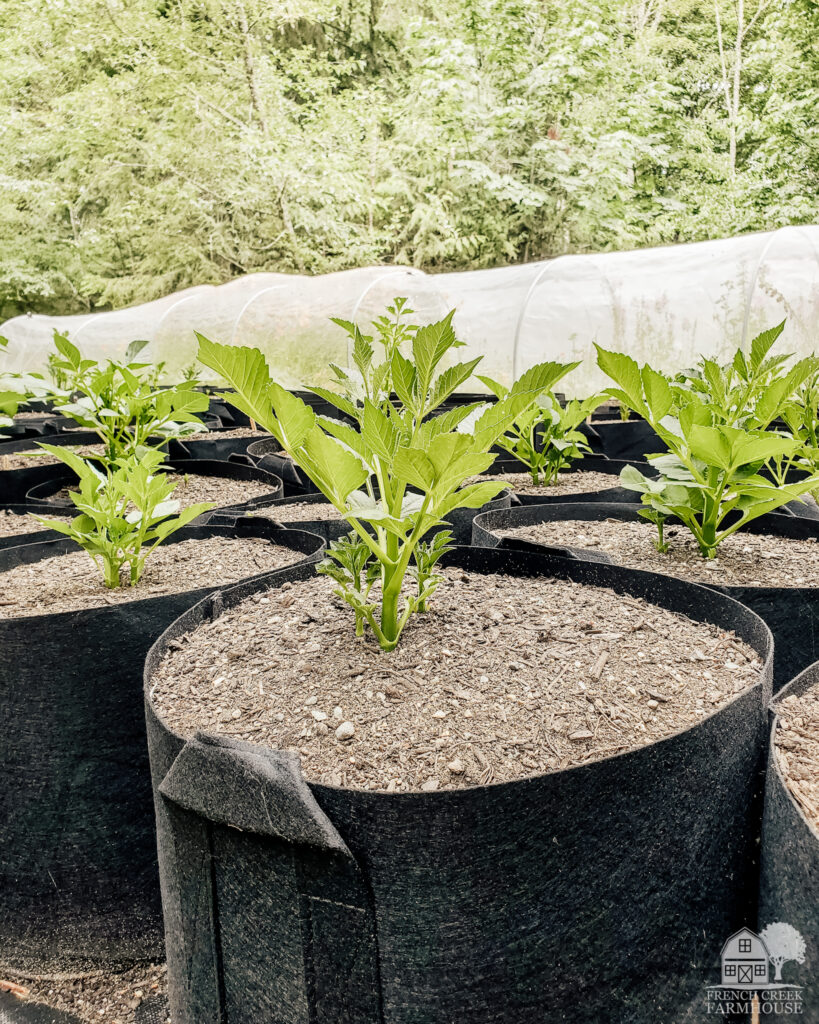
Since this is our first year of farming for profit, we’re doing a lot of experimenting to see what growing methods make the most sense for our needs. One of those experiments is planting dahlias in grow bags. Since we’ve never tried to grow them this way, there’s certainly some risk involved…and spoiler alert, we’re failing!
Let me start by backing up a bit and explaining how we came to the decision to try growing a percentage of our crops in grow bags.
We also filmed an episode covering everything that’s gone into this experiment for the year. We started back in the spring and showed the entire process of setting up the grow bags and planting the dahlias. Then, we provided an update on this little experiment along with some discussion on whether it was worth taking the risk.

Click here to subscribe to our channel, and never miss an episode!

Disclosure: This is not a sponsored post, and I have received no compensation for sharing anything that follows. Some links within this blog may be affiliate links, and I might earn a commission if you make a purchase through that link. This usually amounts to cents, not dollars, and helps to support the projects featured on this blog. I only recommend products from companies that I have found to be trustworthy. Read my full disclosure here.

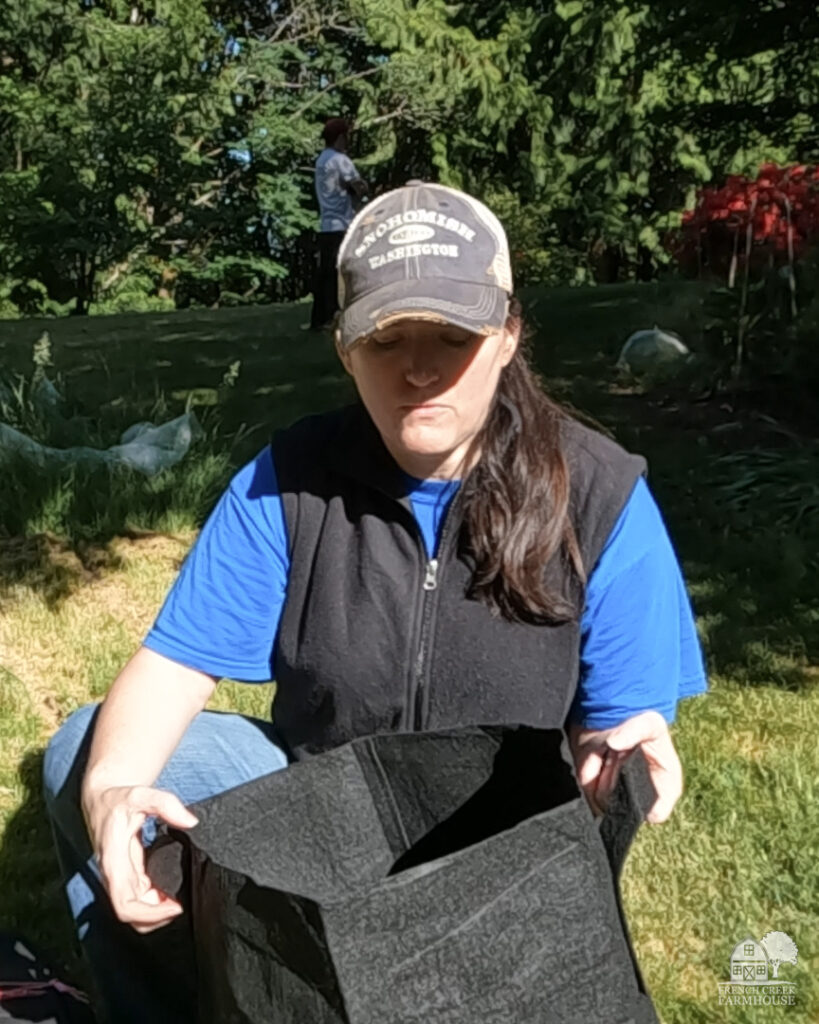
What are grow bags?
I suppose it would be important to start with the obvious, for anyone who might not be familiar.
Grow bags are fabric (or sometimes woven plastic) bags that you can fill with medium and use to grow a variety of plants. They are essentially an alternative to using pots or other containers.
The grow bags we use are made of a thick felt, and they are quite sturdy. They also have handles which makes it possible to move the bags, if needed.
However, as you saw in the video, when we had our little “snafu”…moving them wasn’t a whole lot of fun. Can you do it? Yes, absolutely. But I wouldn’t want to if I could avoid it–once filled, they are very, very heavy!
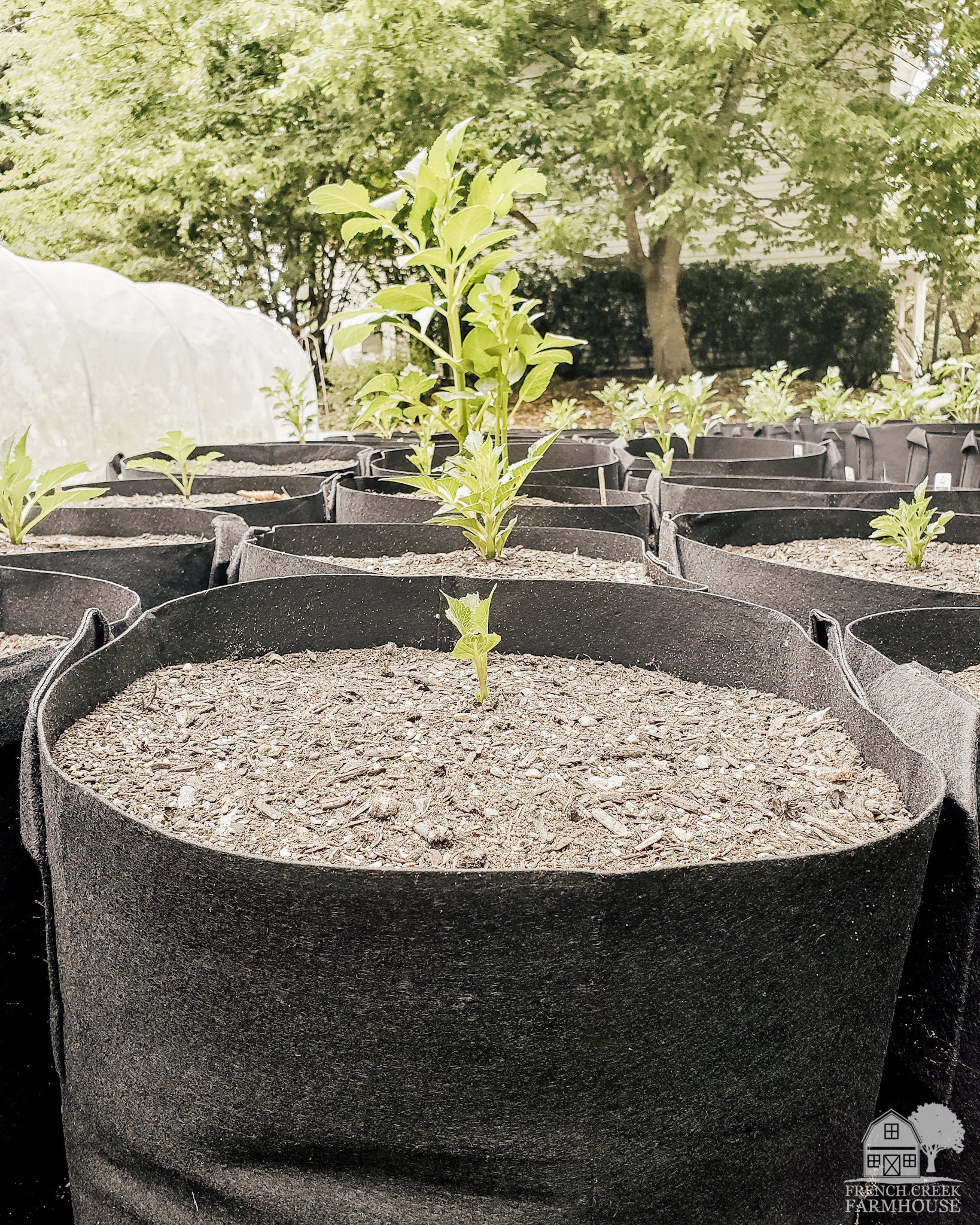
Can you grow dahlias in grow bags?
The short answer is yes, you can grow dahlias in grow bags. But can you farm dahlias this way? Let’s discuss…
We’re using 10-gallon grow bags, one plant per bag. You could likely use the 7-gallon size and save a little soil, but here’s why I have some reservations about that.
Our dahlia tuber clumps get quite large over the course of the season. When it comes time to harvest them for storage over the winter, one of the questions we have is whether the grow bags will help, or hinder, that process.
On one hand, our grow bags are filled with clean, fluffy soil…no rocks, or tree roots, or other obstacles with which to contend during harvest. So maybe it will be pretty easy!
On the other hand, however, we have concerns about the possibility of breaking tuber necks trying to get the clumps out of the bags. This would be incredibly counterproductive because it would limit our ability to grow our farm by dividing tuber clumps.
Now, if you’re not farming dahlias in the quantity that we are, and you just want pretty flowers but have no interest in multiplying your tubers, one option would be to move the entire grow bag into your garage or basement for overwintering (assuming these place don’t get too cold or too warm). Then, you could take them back out in the spring, and that could make overwintering pretty easy.
So, as for whether farming dahlias in grow bags is a good idea, we’re simply going to have to wait until this fall before we can make a judgement. Stay tuned…
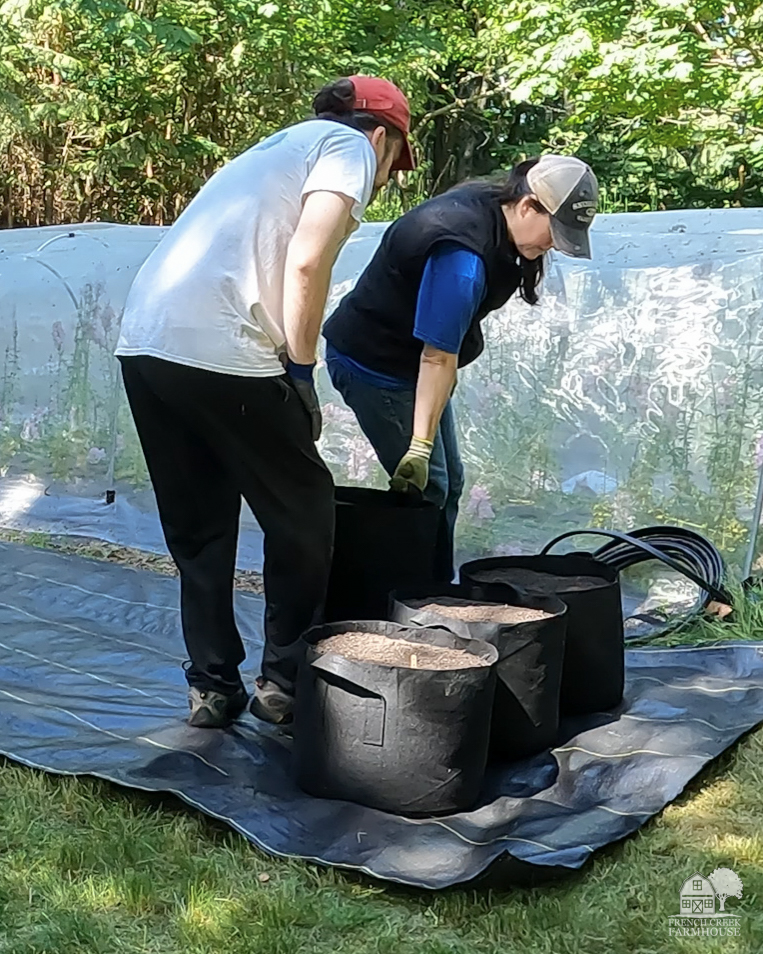
Advantages and Disadvantages of Grow Bags
Go start to research any topic within the gardening or farming world, and you will find more expert opinions than you know what to do with. Sometimes, those experts even have conflicting advice, and that’s super confusing.
My philosophy is to educate yourself as much as you can, and then start experimenting to see what works best for you. No one else is going to have your exact same growing conditions and personal preferences, so it’s about finding YOUR best solution.
I talked about this idea of experimenting with growing methods a few days ago (HERE), and what it really comes down to is weighing the pros and cons, and then taking a leap! Don’t waste your time stuck in a place of uncertainty, because without trying something, you’ll never be any closer to finding your answer.
Advantages of Grow Bags
One of the major advantages of planting in grow bags is that it’s virtual impossible to over-water. Unlike pots, where the water is contained, grow bags are made of fabric, and that means the excess water can easily flow right out. It also means that the plants roots can breathe more easily because they aren’t drowning in excess moisture.
Another advantage, especially if you live a more urban lifestyle, is that you can place grow bags pretty much anywhere. If you have an apartment balcony, you can grow something there! Extra space in your driveway? Fill it with flowers and veggies in grow bags! So many possibilities.
Disadvantages of Grow Bags
If you’re using grow bags, you will definitely need to water more often. While it’s next to impossible to over-water your plants, the flipside is that moisture retention in the soil is going to be an issue. We’re addressing this by running drip irrigation, the same way we irrigate the rest of our beds.
Grow bags also aren’t especially long lasting. Being exposed to the elements means that the fabric (or plastic) will break down over time, so you’ll need to plan to replace them every 2-3 growing seasons. This is certainly more costly compared to planting in the ground, or even into pots.
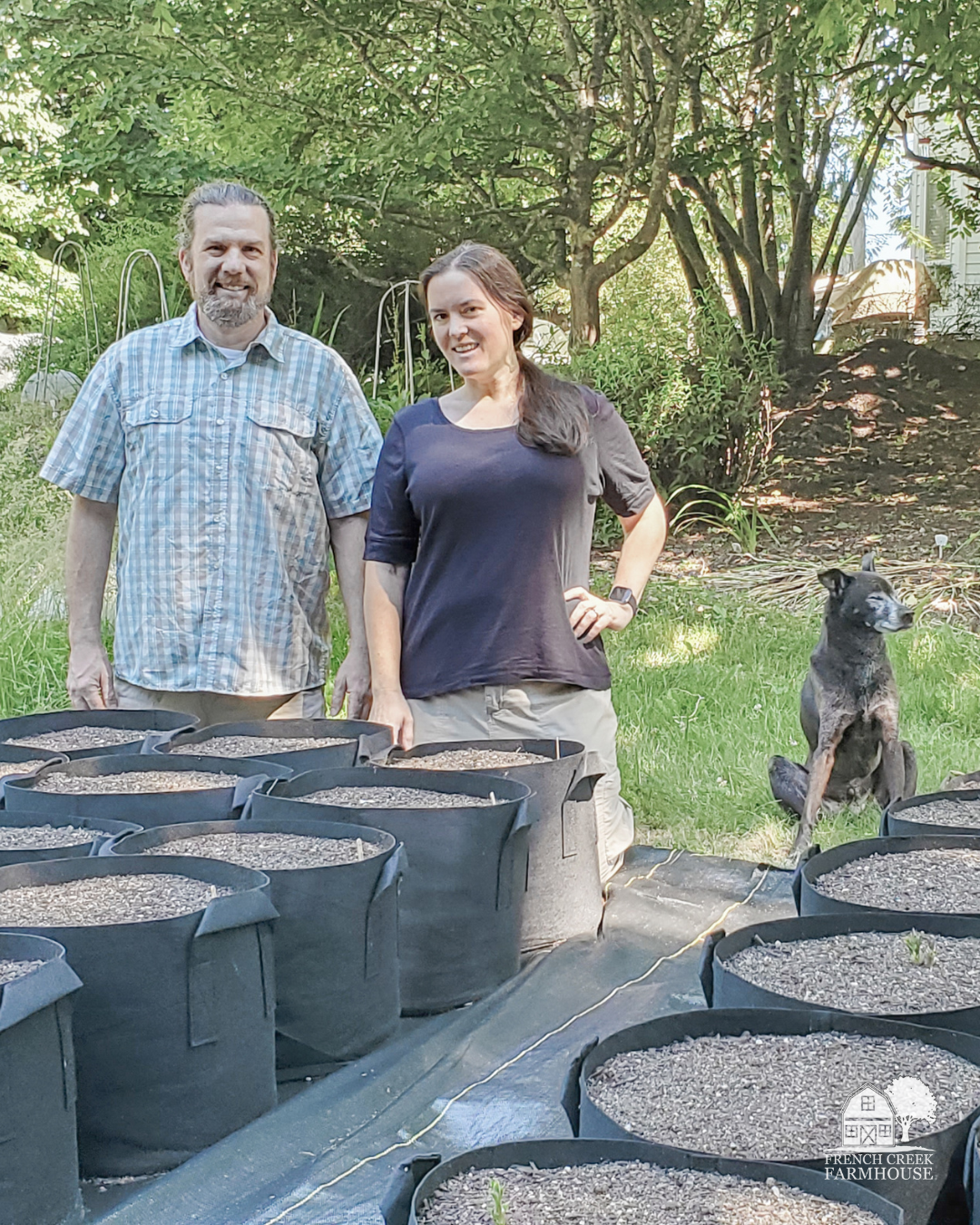
Taking a Risk: Why, and Is It Worth It?
The single biggest reason that people try to avoid risk is because they fear failure. If you never take a chance, you’ll technically never fail, right?
But I mean, really…how does that get you where you want to go in life?
If you’re striving for a life well-lived, then you are going to encounter risks along the way. And, guess what, also failure. Like, a lot of failure. A looooooooot.
Some people view failure as a sign that they don’t belong…that they aren’t good enough to be or do whatever it is that they’d like to be or do. They think that the other people who are doing or being those things got there because they somehow avoided failure.
Completely false.
Success is not the opposite of failure; it is a byproduct of it.
The only way you’re ever going to succeed at something new is through trying, failing, learning from the experience, and trying again. Each of the failures you encounter along the way is deposited into your bank of wisdom, and you can use that knowledge to try a different approach.
I’m just going to be totally candid here. The people who are ahead of you don’t eat fairy dust for breakfast and poop rainbows. They aren’t magical or special. They have simply tried (and therefore failed) a bunch more times than you until they got really good at what they were striving to do or be.
But if you’re too afraid to take a risk and possibly fail, you’ll never grow into the version of yourself that you dream about becoming.
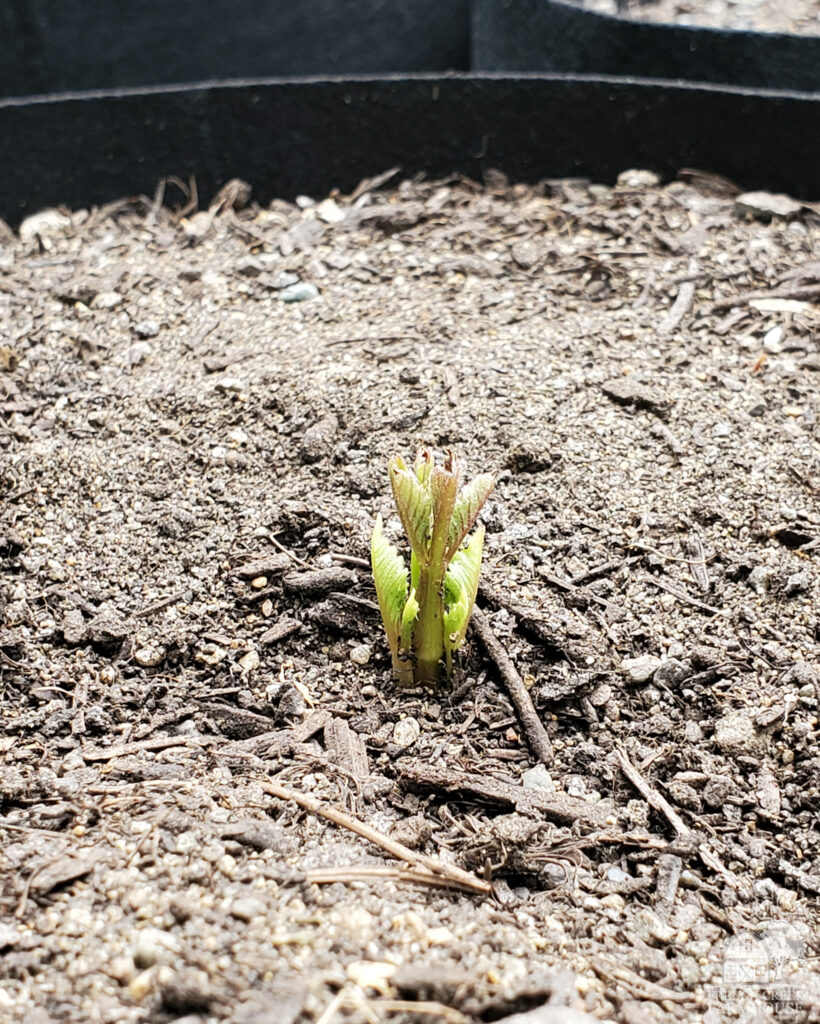
When & Why do we become afraid of risks?
I’m not quite sure when we start being so afraid of taking risks. When you were a baby, you somehow made the decision to try walking instead of being an adorable little loaf every day. But before you got good at it, you fell down, like, a bajillion times. At no point did you go, “hey, you know, I think I just won’t ever walk because I don’t want to fall down”.
Nope…you decided to take the risk, and you got better at staying upright because every time you fell down, you figured out another way that didn’t work and tried something different the next time.
Somewhere along the way, though, life got more complicated, and risks started to feel more scary. Maybe you experienced a failure that was especially painful, or one for which you didn’t have the resiliency skills to help you move through it. Maybe you saw someone fail who you looked up to, and you thought, “If they can’t do it, I can’t either”.
Whatever the reason, the outcome is the same–avoiding risks keeps your life small.
I don’t know about you, but I don’t want to limit how joyful and amazing my life can be. And I also don’t want to prevent our farm from growing in the ways we’re dreaming about simply because taking risks means we’ll encounter failures along the way.
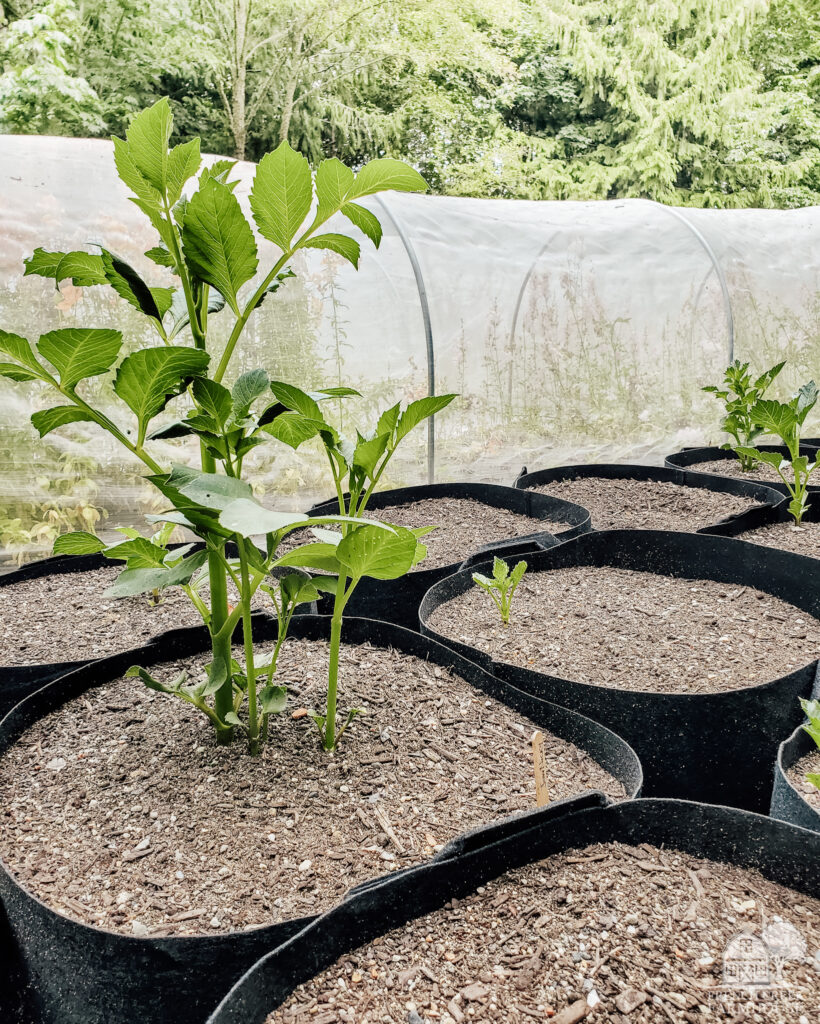
So, Did our grow bag experiment fail?
In this week’s video, we broke down the numbers and gave our thoughts on this little experiment of growing our dahlias in grow bags. From where we’re standing today, it’s very clear: We failed.
But I am not deterred in any way. Next year, we’ll make some adjustments and try things a bit differently.
Am I disappointed? Sure…I didn’t want to lose any of our dahlia stock. But disappointment is temporary and circumstantial. What that means is that each and every one of us has the opportunity to alter our circumstances and experience a different outcome by applying the knowledge we’ve gained.
Each of the failures we accumulate along this farming journey is a masterclass in becoming a farmer. These experiences shape us to be better versions of ourselves and better stewards of our crops.
We may have experienced a setback, but I’m grateful for the lessons and eager to see where we grow from here.

Ready to dig in and grow something beautiful?
Get my Free Garden journal
Let’s be gardening buddies! Sign up to join our community, and get your free printable PDF Garden Journal. This is so good!

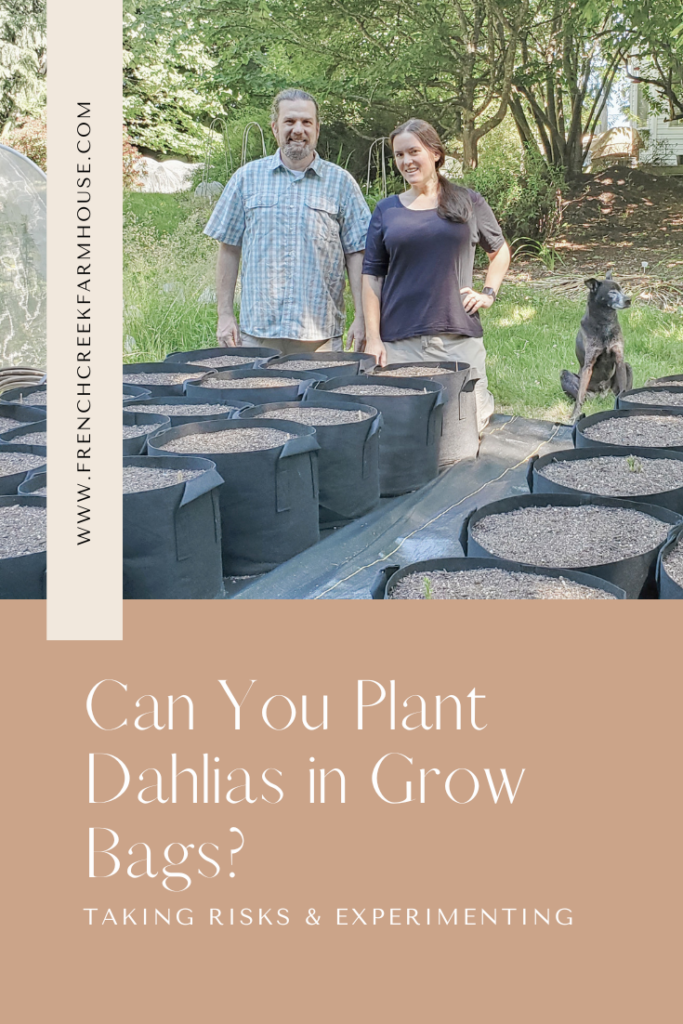


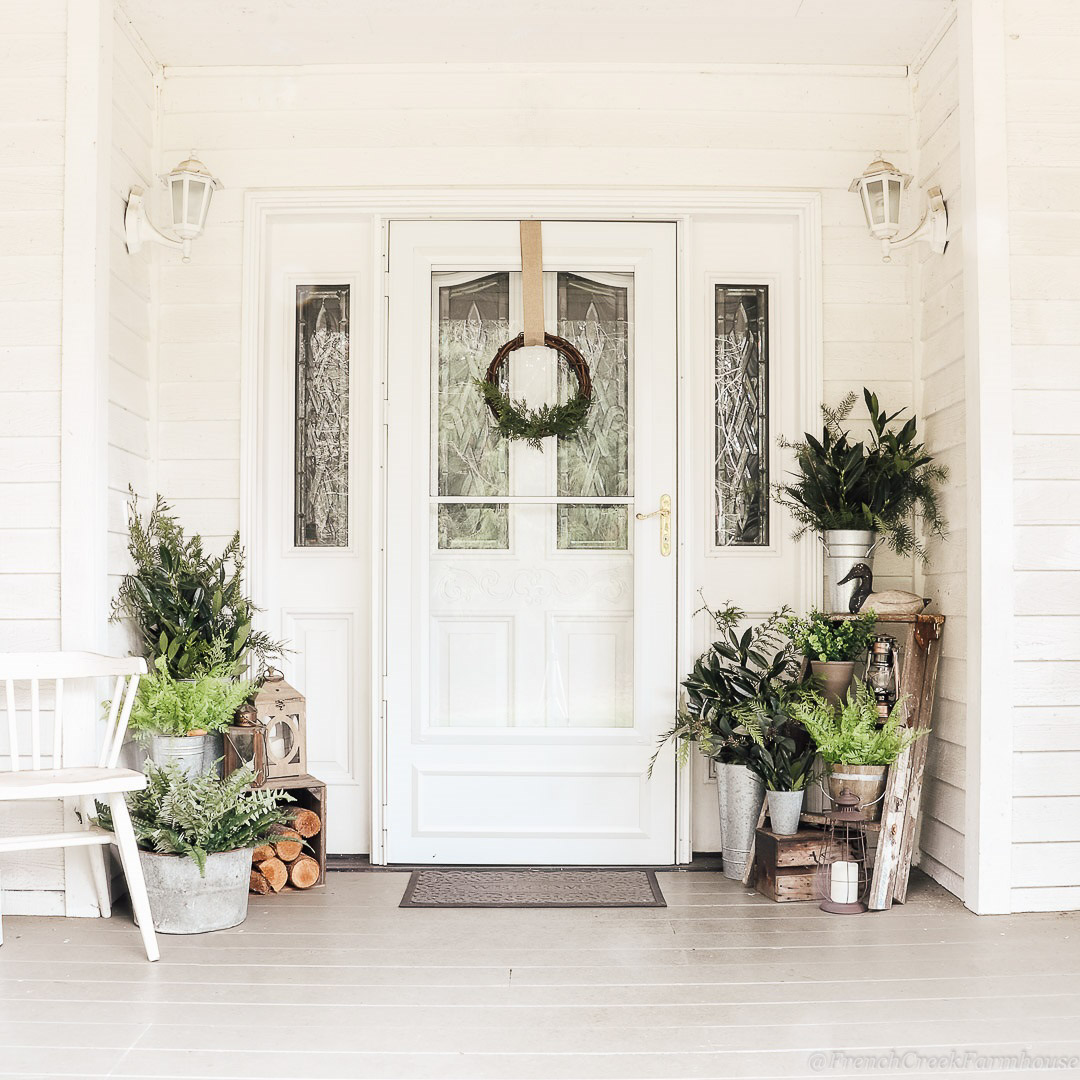
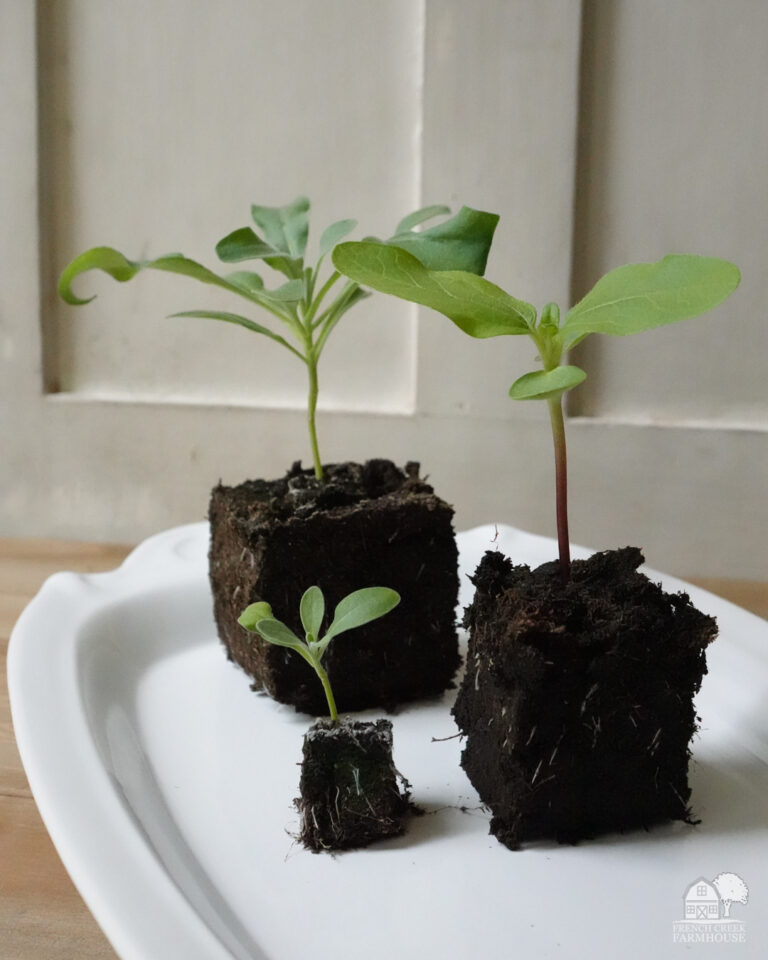
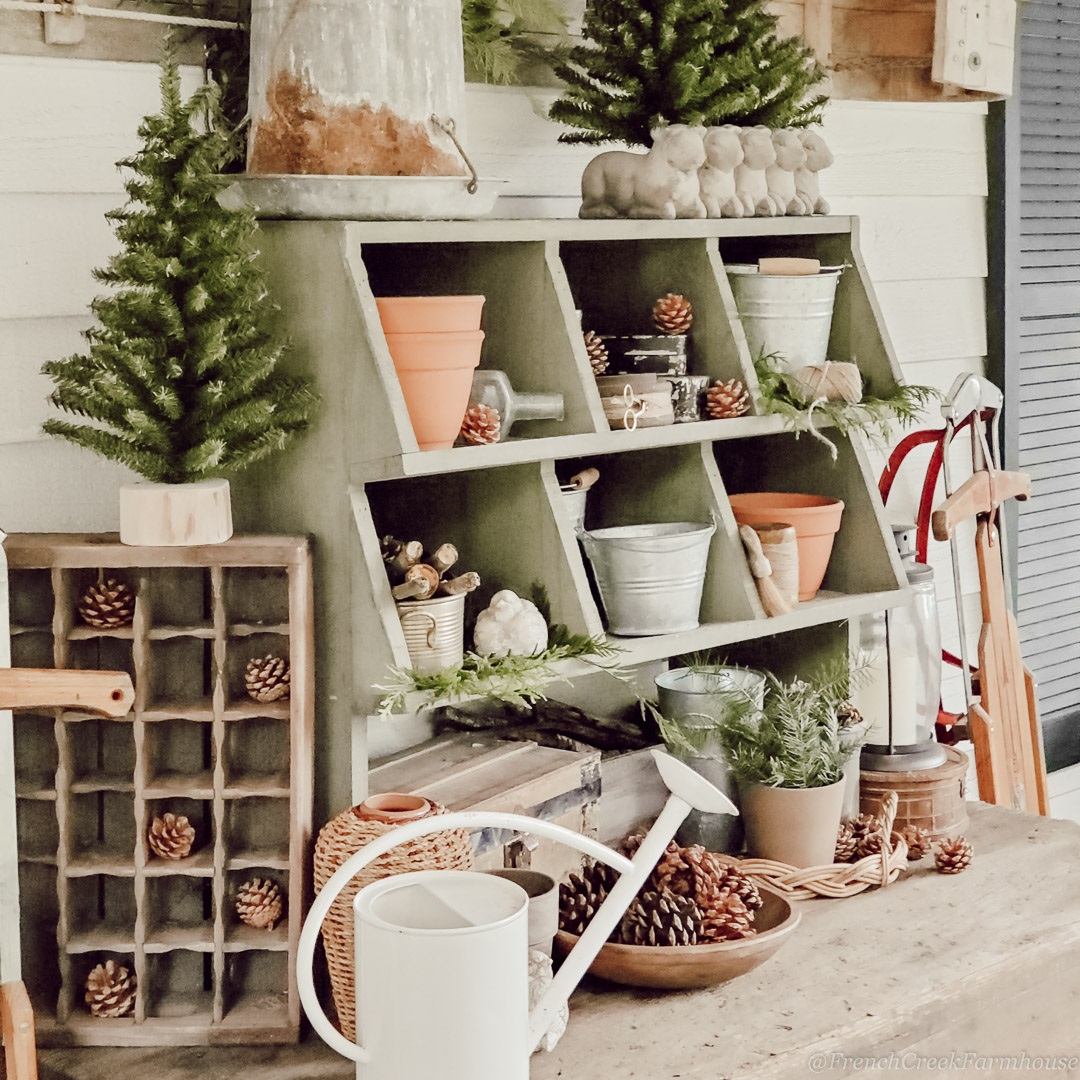
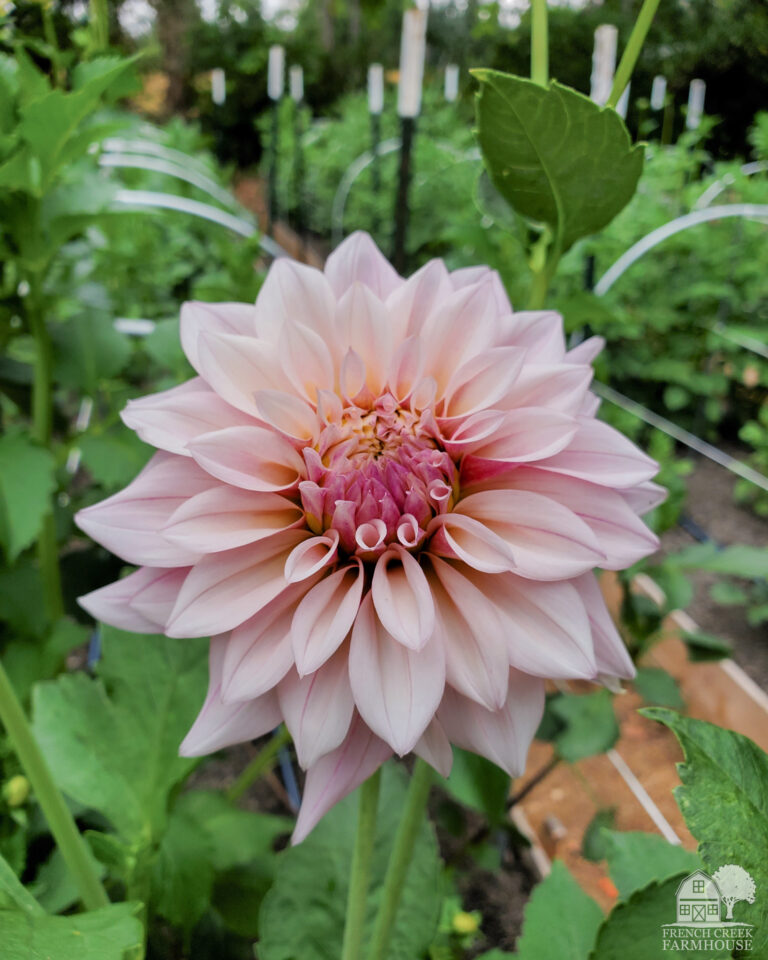
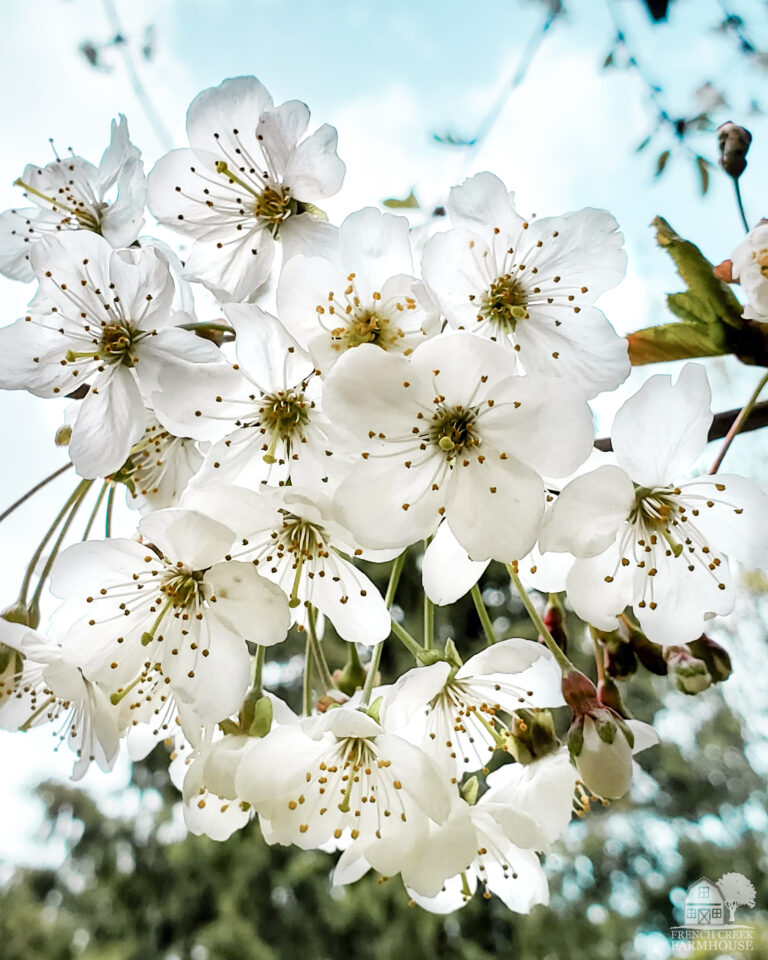
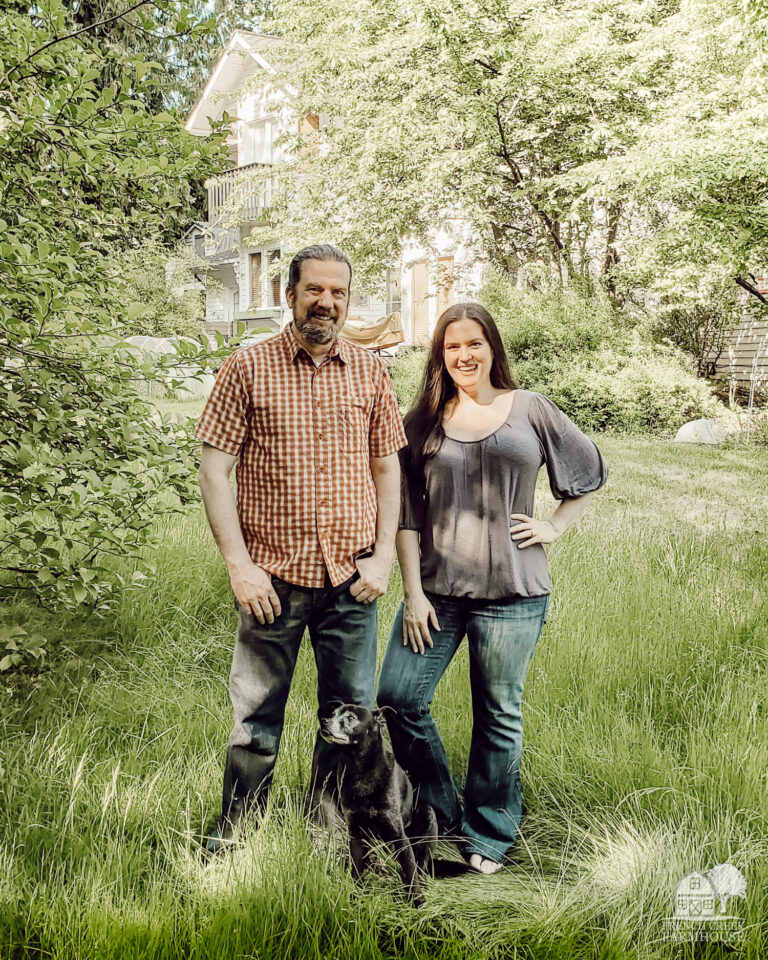
What kind if tarp is that you put the grow bags on? Do I need to get one? Also, what kind if soil do you use? Thanks!
Hi Sandy,
We discussed all of that in the video–here’s the link in case you missed it above: https://youtu.be/CBxGT8Riaj8
Best of luck growing some beautiful flowers!